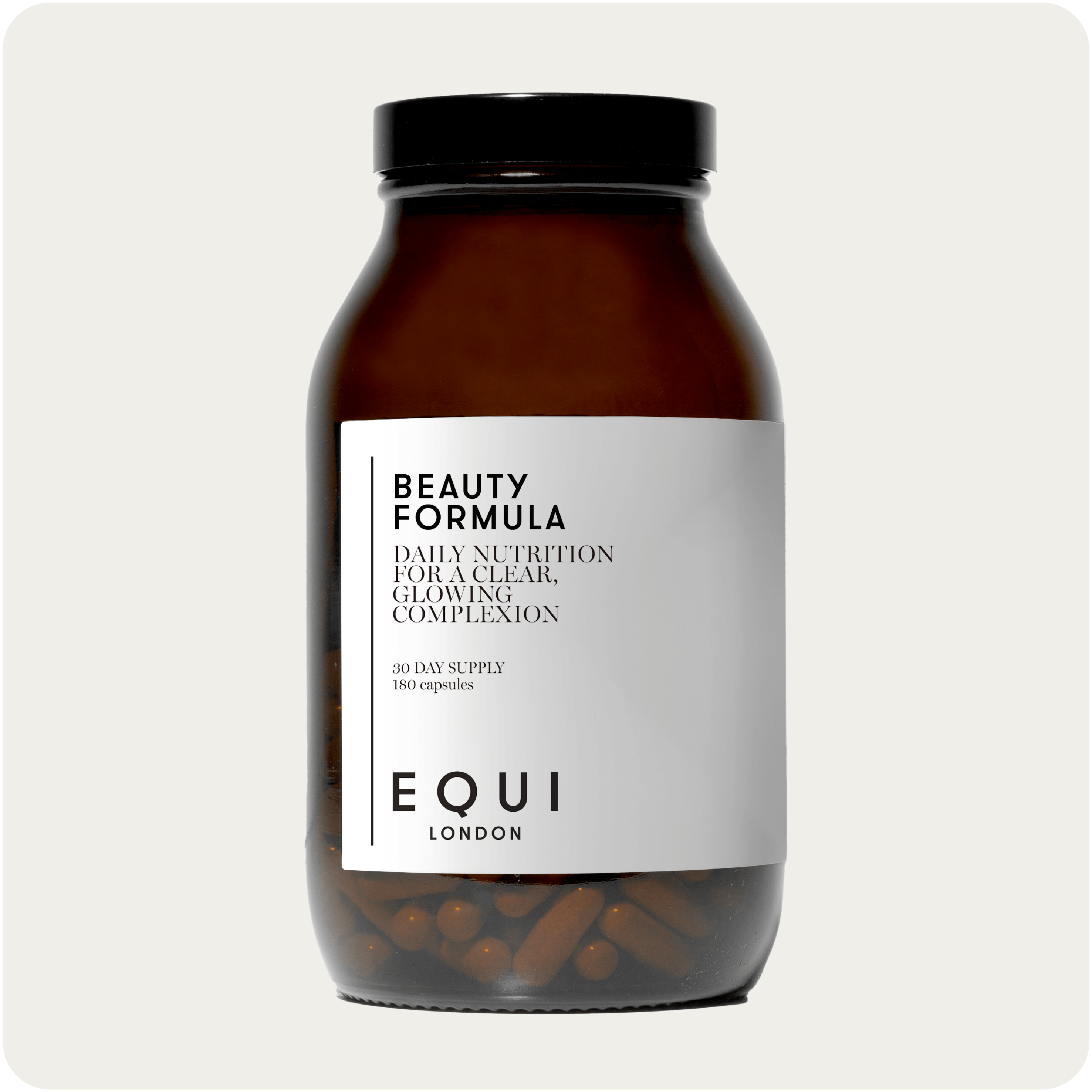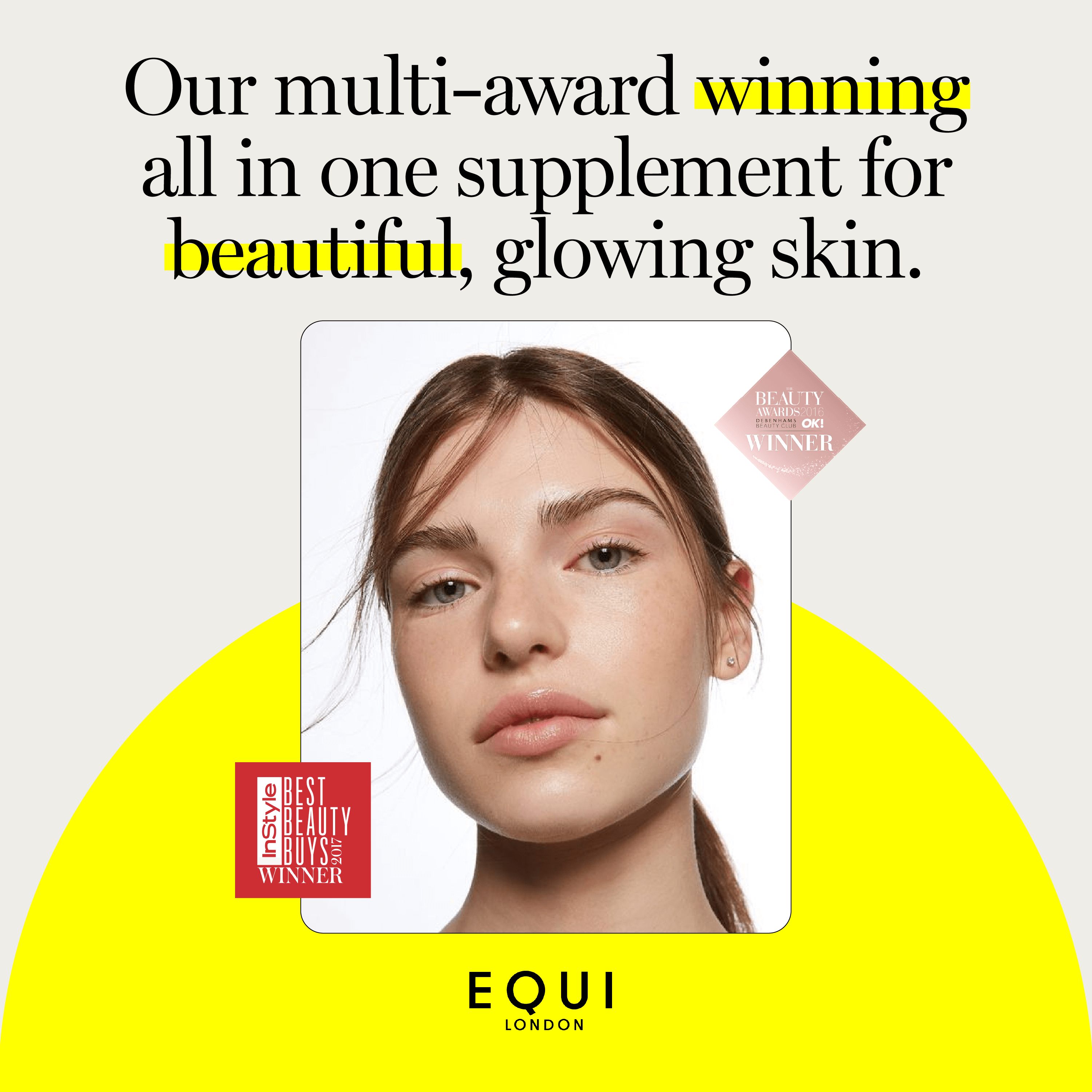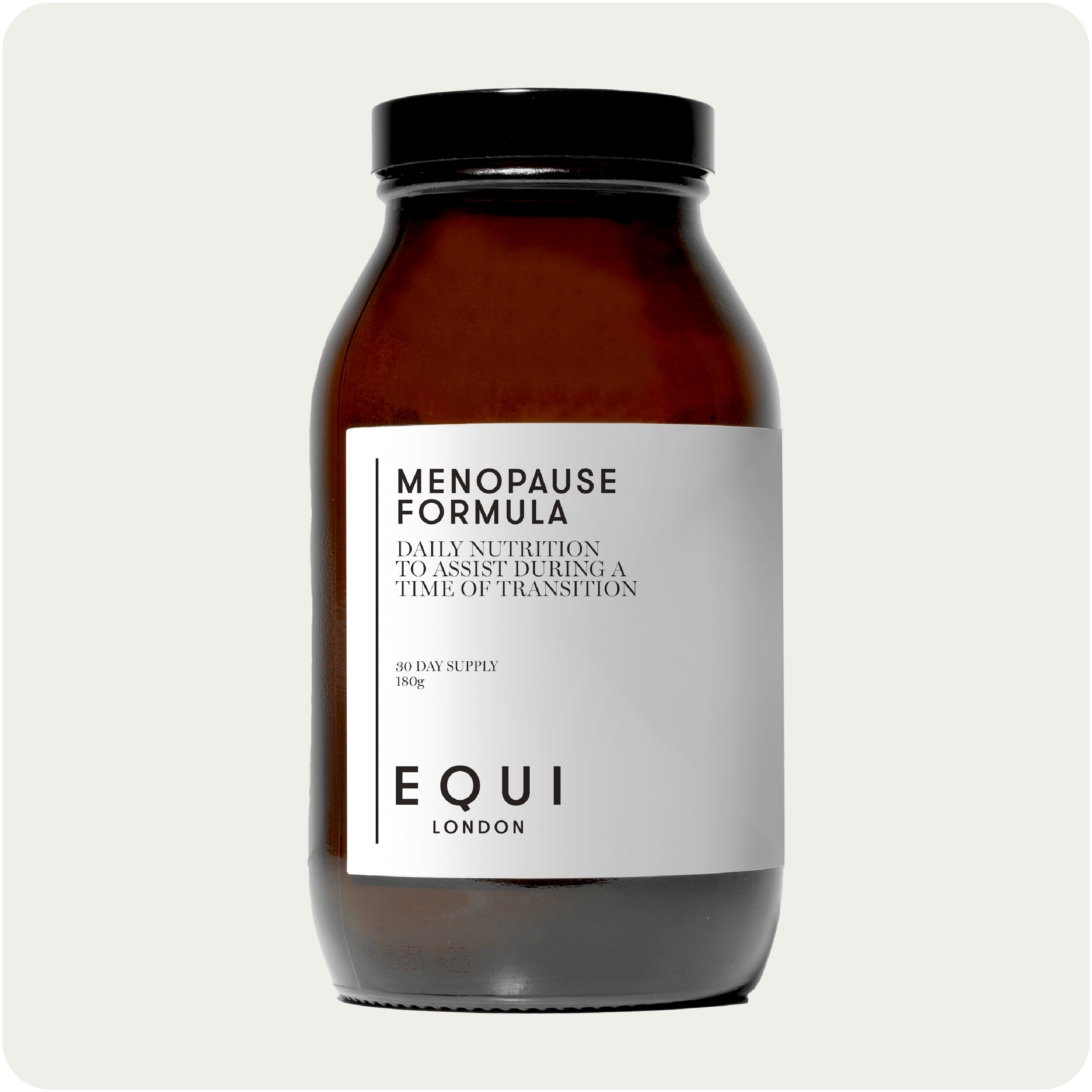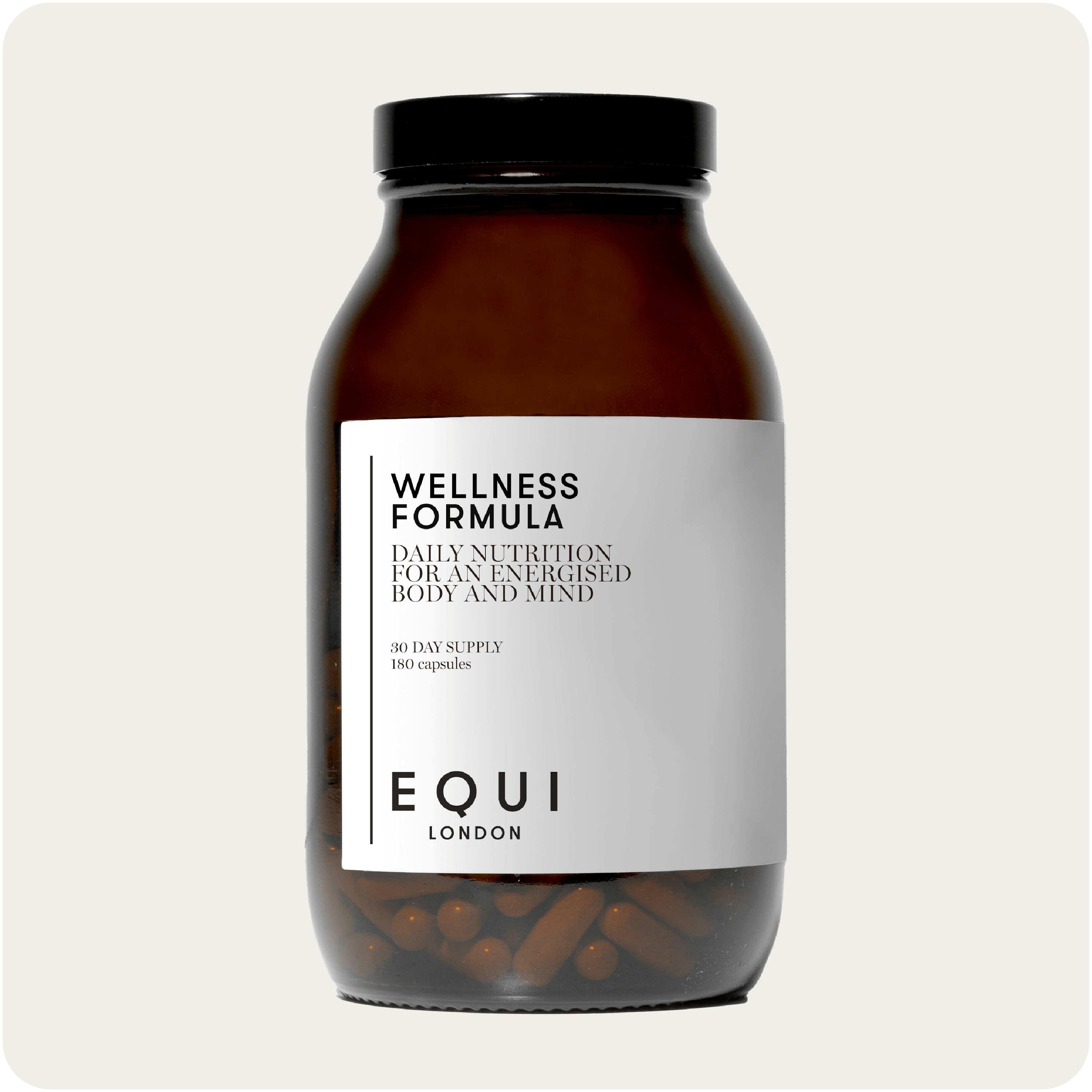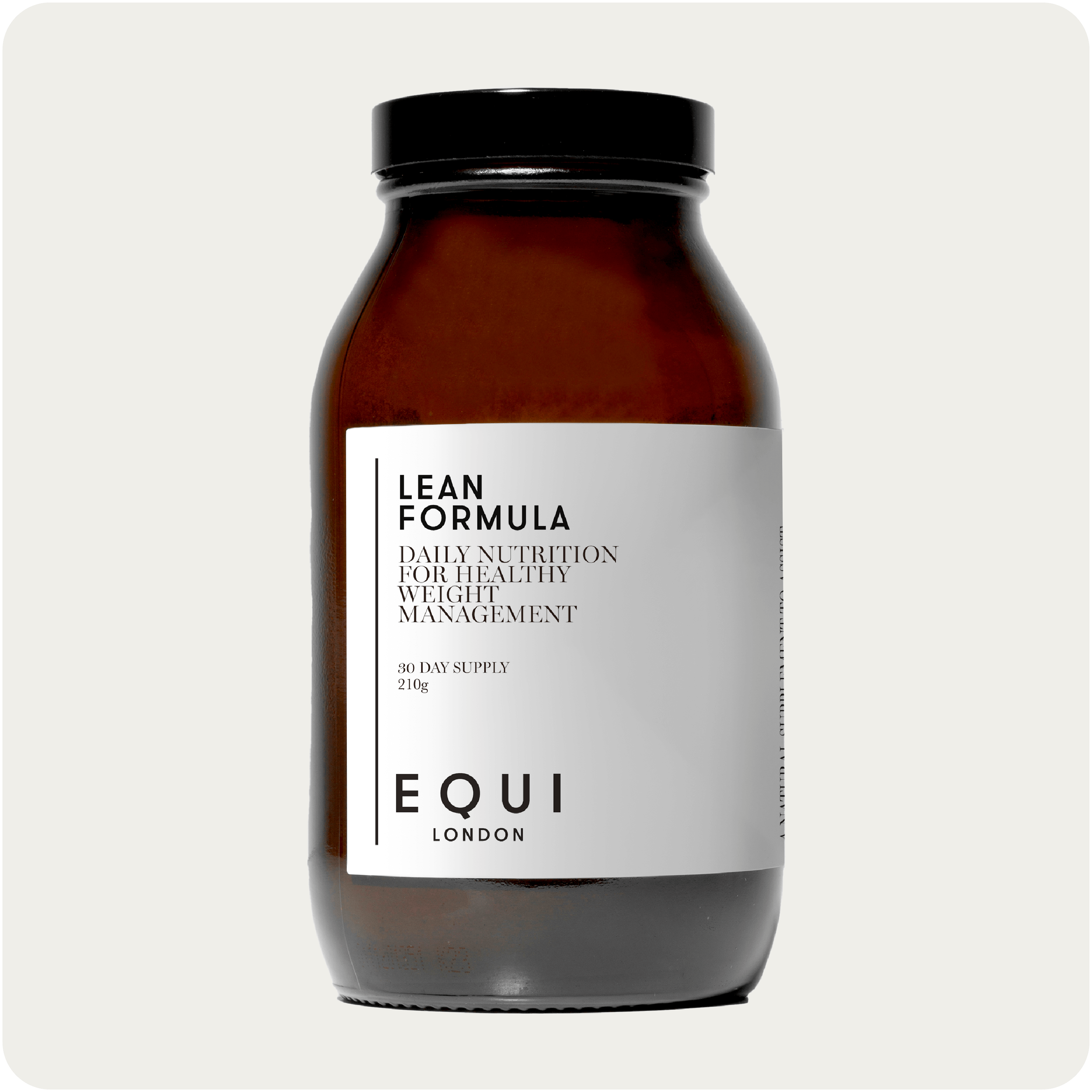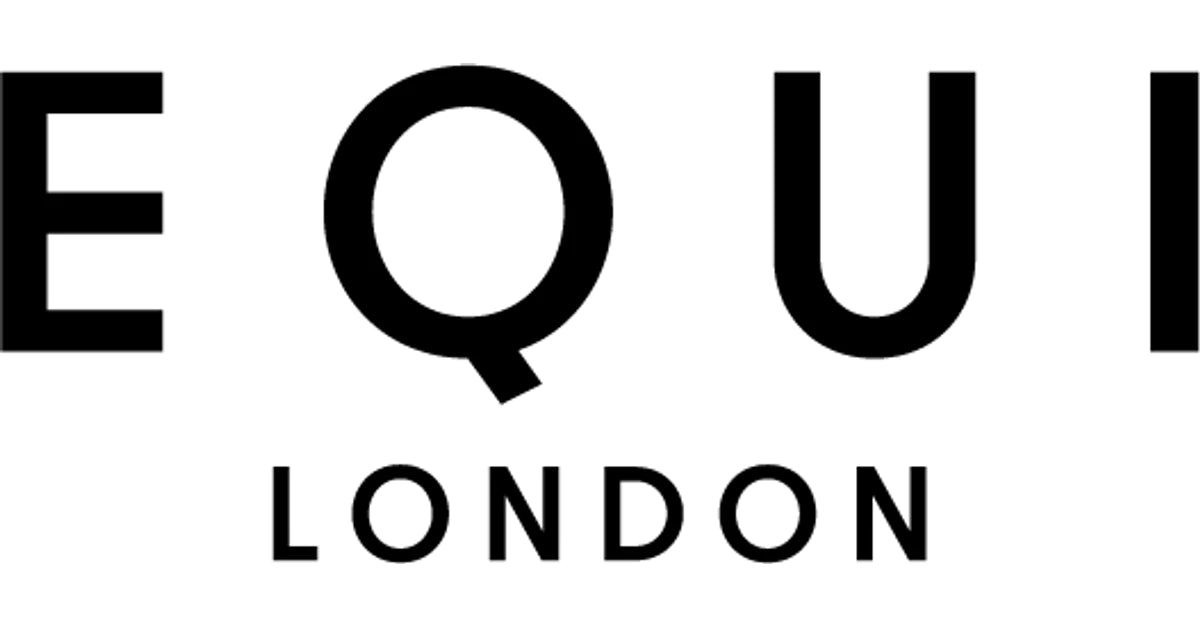We’ve all been there, staring at our reflection, puzzled and a tad bit annoyed at the uninvited puffy face. In today’s blog, we dive into the world of lymphatic health and what we can do to support it and therefore reduce puffiness! Ever noticed how a night of tossing and turning or indulging in one too many cocktails can transform your face into a puffy mess? It’s not just you. There’s real science behind why our bodies react this way, and it’s fascinating! Our bodies are intricate systems, with the lymphatic system playing the unsung hero in keeping us looking fresh and vibrant. Think of it as the body’s natural detox squad, tirelessly working to clear out toxins and excess fluids. But when it gets overwhelmed, or we don’t treat it right, puffiness takes centre stage.
In this blog, we’re peeling back the layers on how the lymphatic system needs a little TLC, why sleep is non-negotiable for avoiding the puff, and how moderating our beloved wine nights can make a world of difference. But this isn’t just about cutting things out; it’s about adding in — more hydration, better sleep habits, and maybe even a little Gua sha massage into your skincare routine for that extra glow. Armed with the latest scientific insights and a sprinkle of tried-and-tested wisdom, we’ll explore actionable tips and habits that can help keep the puffiness at bay. Whether it’s adjusting your salt intake, finding the right balance in your exercise routine, or mastering the art of a lymphatic drainage massage, there’s a plethora of strategies we can adopt to support our body’s natural detox processes. So, whether you’re a night owl, a fitness enthusiast, or someone who enjoys the finer things in life (like a good glass of wine), this blog is your guide to understanding and tackling facial puffiness head-on. Welcome to the anti-puff club – your face (and body) will thank you!
Unlocking the Mysteries of the Lymphatic System
The lymphatic system, often overshadowed by the body's more prominent systems, plays a fundamental role in maintaining health and well-being. This intricate network of vessels, nodes, and organs works tirelessly to transport lymph, a fluid containing white blood cells and waste products, away from tissues, filtering out toxins and excess fluids in the process. Its efficient functioning is crucial for immune defence, fluid balance, and the detoxification of the body.
The lymphatic system's primary function is to serve as the body's internal "drainage system," crucial for removing toxins, excess fluids, and waste. This process is vital for preventing the accumulation of unwanted substances within tissues, which can lead to swelling and puffiness, particularly noticeable in the face. And it’s backed up by science too - research highlights that the lymphatic system maintains fluid balance, protects against puffiness, controls inflammation, or swelling throughout the body (1).
When it comes to facial puffiness and bloating, it can be attributed to the lymphatic system's inefficiency in removing excess fluids and toxins from the body. Factors such as poor diet, dehydration, lack of physical activity, and hormonal imbalances can lead to lymphatic stagnation, where lymph flow is impaired, causing fluid to accumulate and resulting in visible puffiness. Studies highlight that disruptions in lymphatic flow can significantly impact tissue health and contribute to the visible signs of puffiness and bloating (2). Several other factors can also contribute to or worsen lymphatic stagnation, leading to increased puffiness. For example, a high salt intake can exacerbate fluid retention, further burdening the lymphatic system. Alcohol can also disrupt the balance of fluids in the body, causing water retention and puffiness. Additionally, chronic stress and poor sleep has been shown to negatively affect lymphatic function, potentially leading to immune dysregulation and increased susceptibility to swelling and puffiness. One study found that stress can influence lymphatic function, affecting the body's ability to maintain fluid balance and remove toxins efficiently (3). So, understanding the critical role the lymphatic system plays in maintaining fluid balance, detoxifying the body, and contributing to a toned and radiant appearance is the first step in addressing issues of puffiness and bloating. By recognising these key factors that lead to lymphatic stagnation and implementing lifestyle changes to support lymphatic health, we can significantly improve facial puffiness and bloating. Let’s explore some other tactics including the role of nutrition!
Nourishing Your Lymphatics
Supporting the lymphatic system through nutrition involves incorporating specific vitamins, minerals, and foods that promote its health and functionality. Essential nutrients like vitamin C, selenium, and a variety of anti-inflammatory foods play pivotal roles in enhancing lymphatic flow and reducing puffiness. Firstly, vitamin C is crucial for the health of the lymphatic system. It supports the formation of collagen, an integral component of the capillaries through which lymph fluid moves, maintaining the integrity of the lymphatic vessels. It also acts as a potent antioxidant, helping to protect lymphatic cells from oxidative stress. Citrus fruits, berries, peppers, tomatoes, and kiwifruit are excellent sources of vitamin C. Meanwhile, selenium, a trace mineral, is vital for the health of the lymphatic system due to its antioxidant properties and role in immune function. It helps reduce inflammation and protects lymphatic tissues from oxidative damage. Selenium-rich foods include Brazil nuts, seafood, eggs, and sunflower seeds. Anti-inflammatory foods like leafy greens, berries, and nuts can significantly benefit lymphatic health. These foods contain antioxidants and phytonutrients that help reduce inflammation, a key factor that can impede lymphatic flow. Dark leafy greens, such as spinach and kale, are rich in vitamins A and C, which support lymphatic function. Berries offer a wealth of antioxidants, such as quercetin and anthocyanins, which protect lymphatic vessels from damage. Nuts, especially almonds and walnuts, provide healthy fats and vitamin E, further supporting lymphatic health. Finally, hydration is fundamental for lymphatic health. Water is a critical component of lymph fluid, and adequate hydration ensures the lymphatic system can transport waste and toxins efficiently. Dehydration can lead to thickened lymph fluid, hampering its flow and leading to accumulation and puffiness. Drinking sufficient water throughout the day is a simple yet effective way to support lymphatic function. Lemon water can be beneficial due to its vitamin C content and alkalising effects, which further enhance lymphatic health. By incorporating these nutrients and staying hydrated we can significantly enhance lymphatic function, reduce puffiness, and improve overall health and well-being.
EQUI Formulas all contain vitamin C, selenium and antioxidants including superberries bilberry and gogi berry, pomegranate and greens such as chlorella and barley grass. Our Beauty Formula has gone the extra mile when it comes to your skin health and puffiness by including our propriety GlowCutis® blend, which is a collagen-stimulating, antioxidant powerhouse to nourish skin, hair, and nails. Shop Beauty Formula here.
Massage and Gua Sha for Lymphatic Drainage
Facial and body massage, along with Gua sha, are ancient practices that have stood the test of time, not only for their therapeutic effects but also for their profound impact on beauty and wellness. These techniques are celebrated for stimulating lymphatic drainage, enhancing circulation, and providing anti-aging benefits. By incorporating these practices into daily routines, we can achieve noticeable improvements in skin health, appearance and of course, puffiness.
Lymphatic drainage, facilitated by gentle massage plays a crucial role in removing toxins and excess fluids from the body. This process is pivotal for reducing facial and bodily puffiness, which can contribute to a more contoured, rejuvenated appearance. The lymphatic system, lacking its own pump, benefits immensely from massage, which helps propel lymph through the vessels and enhance the body's natural detoxification process. One study highlights the effectiveness of manual lymphatic drainage in reducing swelling and improving lymph flow (4). Gua sha is a traditional Chinese therapy known for its therapeutic and beauty benefits, involving a gentle scraping technique on the skin with a smooth-edged tool, often made of jade or quartz. This practice aims to improve circulation, promote healing, and stimulate lymphatic drainage, enhancing the body's natural detoxification process. In skincare, facial Gua sha is lauded for its ability to reduce puffiness, lift, and firm the skin, and diminish the appearance of wrinkles, contributing to a more radiant and youthful complexion.
Both massage and Gua sha will promote increased blood circulation, ensuring that skin cells are adequately nourished with oxygen and nutrients. This enhanced circulation not only aids in the detoxification process but also stimulates collagen production, crucial for maintaining skin elasticity and reducing the appearance of fine lines and wrinkles. The increased blood flow can give skin a natural, healthy glow, making these practices invaluable for anti-aging and reducing puffiness. Research shows that regular facial massage significantly improves skin hydration and blood flow, leading to healthier, more vibrant skin (5). Incorporating facial and body massage into a daily skincare routine doesn't require extensive time or professional expertise. Simple techniques, such as using a jade roller or Gua sha tool to gently massage the face in upward strokes, can be easily practiced at home. This not only aids in lymphatic drainage but also helps in better absorption of skincare products. For body massage, techniques focusing on areas with dense lymphatic presence, such as the armpits, groin, and neck, can be particularly beneficial. The aesthetic benefits of regular massage and Gua sha extend beyond mere surface improvements. These techniques can lead to smoother skin, reduced puffiness, diminished appearance of under-eye circles, and a more defined facial contour. Over time, these practices can result in a visibly more youthful and radiant complexion, echoing the findings of studies which note improvements in skin texture and elasticity with regular mechanical stimulation.
So, if you’ve been neglecting regular facial and body massage, then it might be time to incorporate it into your daily routine! Daily rituals such as facial massage or using Gua sha, offer a holistic approach to beauty and wellness. These time-honoured techniques support lymphatic health, enhance circulation, and provide significant anti-aging benefits. By incorporating these practices into daily routines, you can achieve not only improved skin health but also a rejuvenated, glowing appearance!
Lifestyle Adjustments to Keep Your Lymph Moving
The lymphatic system, a crucial part of the body's immune and waste removal processes, thrives on movement and balance. However, modern lifestyles can inadvertently lead to lymphatic stagnation, a condition where the lymphatic fluid does not move efficiently, leading to issues such as bloating, puffiness, and a general feeling of sluggishness. Key lifestyle factors contributing to this stagnation include lack of physical activity, wearing tight clothing, and enduring chronic stress. Understanding these contributors is the first step toward mitigating their effects and reducing puffiness.
When it comes to facial puffiness, alcohol consumption is an obvious one but worth a mention as it can significantly contribute. Alcohol acts as a diuretic, leading to increased urination and, consequently, dehydration. This dehydration causes the body to retain water, often manifesting as swelling or puffiness in the face. Moreover, alcohol can lead to inflammation, dilating blood vessels and contributing to a flushed, swollen appearance further exacerbating facial puffiness. Another factor is poor sleep which can contribute to the dreaded puffiness, especially around the eyes. Sleep deprivation disrupts the body's balance of salt and water, leading to fluid retention and swelling. Furthermore, lack of sleep can weaken the skin’s barrier function, leading to dehydration and increased vulnerability to inflammation and swelling. One study found that poor sleep quality is directly associated with increased signs of aging, including puffy eyes and diminished skin health (6). Ensuring adequate, restful sleep is crucial for maintaining a healthy, balanced fluid level, reducing the likelihood of waking up with a puffy face.
When it comes to the lymphatic system, being sedentary is one of the primary culprits behind stagnation. Unlike the cardiovascular system, which has the heart to pump blood, the lymphatic system relies on bodily movements to propel lymph fluid through its vessels. Lack of movement can slow down this process, leading to the accumulation of toxins and fluid. To avoid this, engage in regular exercise, even gentle activities like walking or yoga, can significantly enhance lymphatic flow, encouraging the removal of waste products and reducing puffiness. If puffiness extends beyond your face, also consider what you are wearing. For example, tight clothing, especially around areas rich in lymph nodes such as the groin, armpits, and waist, can impede lymphatic flow. This pressure can restrict the natural movement of lymph fluid, contributing to accumulation and stagnation. Opting for looser, more breathable clothing can prevent such blockages, ensuring the lymphatic system remains unimpeded in its crucial role of detoxification and fluid regulation. Finally, a less obvious one - chronic stress has a profound impact on lymphatic health. Stress can lead to the constriction of vessels, hampering the flow of lymph fluid and weakening the immune response. Implementing stress management techniques, such as deep breathing exercises, meditation, or mindfulness, can help mitigate these effects. Deep breathing acts as a pump for the lymphatic system, aiding in the movement of lymph and promoting relaxation and detoxification.
Actionable Tips for a Healthy Lymphatic System
To combat these lifestyle-induced challenges, several actionable strategies can be adopted to promote lymphatic health:
Ensure Adequate Hydration – Aim for at least 2L of water per day, which can include herbal teas. If drinking alcohol, stay hydrated by drinking one glass of water in between each alcoholic drink and definitely avoid the binge drinking!
Aim For 8 Hours Sleep – To reduce puffiness associated with fatigue and poor sleep, establish a relaxing bedtime routine. Avoid devices that emit blue light like phones, tablets, and computer screens. Women need more sleep than men, so aim for at least 8 hours.
Regular Massage or Gua sha – Adding regular facial massages into your routine will not only reduce puffiness but will also stimulate collagen production and reduce ageing. Invest in a Gua sha facial and body tool or a dry body brush so you can support lymphatic drainage from the comfort of your own home.
Incorporate Regular Physical Activity - Aim for at least 30 minutes of moderate exercise daily. Activities like brisk walking, running, swimming, or spinning can invigorate the lymphatic system and reduce puffiness. Basically, anything that really gets your blood flowing will do it!
Choose Loose-Fitting Clothing – If you struggle with puffiness beyond your face, avoid tight belts, undergarments, and other constrictive clothing around key lymphatic areas to ensure optimal flow.
Practice Deep Breathing Exercises – To reduce stress, allocate a few minutes each day to deep breathing, focusing on full, diaphragmatic breaths. This simple practice can stimulate lymphatic flow and reduce stress levels.
Manage Salt Intake - Excessive salt consumption can lead to water retention, exacerbating lymphatic stagnation and puffiness. Opt for a balanced diet with natural, whole foods whilst minimising processed foods to keep sodium levels in check.
References
-
Scallan, J.P., Huxley, V.H., and Korthuis, R.J., (2010). Capillary Fluid Exchange: Regulation, Functions, and Pathology. Morgan & Claypool Life Sciences.
-
Olszewski, W.L., (2003). The lymphatic system in body homeostasis: physiological conditions. Lymphatic Research and Biology, 11(1), pp. 11-21.
-
Le CP, Sloan EK. (2016). Stress-driven lymphatic dissemination: An unanticipated consequence of communication between the sympathetic nervous system and lymphatic vasculature. Mol Cell Oncol, 3 (4).
-
Vairo GL, Miller SJ, McBrier NM, Buckley WE. (2009). Systematic review of efficacy for manual lymphatic drainage techniques in sports medicine and rehabilitation: an evidence-based practice approach. J Man Manip Ther., 17 (3), e80-9.
-
Miyaji A, Sugimori K, Hayashi N. (2018). Short- and long-term effects of using a facial massage roller on facial skin blood flow and vascular reactivity. Complement Ther Med. 41, pp. 271-276.
-
Sundelin, T., et al. (2013). Cues of fatigue: effects of sleep deprivation on facial appearance. Sleep, 36(9), pp. 1355-1360.
